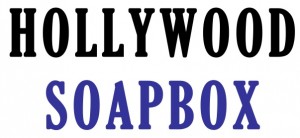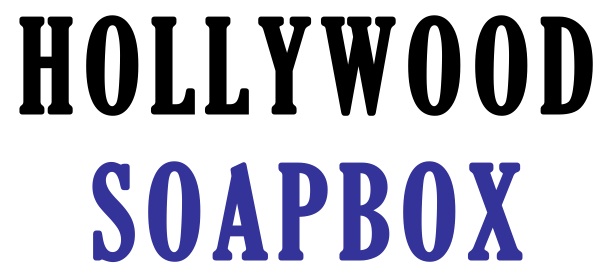RETRO REVIEW: Bela Lugosi still a great ‘Dracula’
 Dracula, the seminal 1931 horror film starring Bela Lugosi in the title role, is a classic movie that deserves the attention of the movie-going public, even more than 80 years after its original release. The 75-minute tale, which brings to life Bram Stoker’s novel, is an exercise in meticulousness. The scenery and characters are all perfectly balanced, creating an eerie feeling of dread and murder. Universal has a lot of horror legends to promote, and Dracula fits perfectly into the company’s catalog.
Dracula, the seminal 1931 horror film starring Bela Lugosi in the title role, is a classic movie that deserves the attention of the movie-going public, even more than 80 years after its original release. The 75-minute tale, which brings to life Bram Stoker’s novel, is an exercise in meticulousness. The scenery and characters are all perfectly balanced, creating an eerie feeling of dread and murder. Universal has a lot of horror legends to promote, and Dracula fits perfectly into the company’s catalog.
The movie’s undeniable effectiveness is largely because of Lugosi’s performance. When he first appears in his Transylvanian castle, the actor’s creation is mild-mannered, suave and cunning. He often smiles at his soon-to-be victims, and they are completely taken in by his hospitality and strangeness.
Because this is a 1931 film, the bloodletting is kept to a minimum. All of the violence takes places off screen, and it’s actually unclear that Dracula is a vampire. There are times when he lunges toward the neck, but a cutaway or fade-to-black usually interrupts the menace. It’s interesting to see how Universal progressed throughout the decades, with the tameness of the Dracula story to the ferociousness of Frankenstein and the danger of Creature from the Black Lagoon.
Dwight Frye offers a perfect performance as Renfield, Dracula’s real estate agent turned man-servant. He becomes insane right before our eyes, and he may be the only actor in the movie that offers a realistic performance, rather than a “theatrical” one. There’s one scene when police investigators find Renfield acting mad in the bowels of a ship. The sharp lighting and Frye’s creepy performance combine to make an unsettling sequence.
One myth about Dracula is that the film takes place in Transylvania. As Stoker purists should know, much of the tale actually takes place in England, where the count tries to overtake Mina (Helen Chandler) and others. Dracula’s traipsing around the city can be likened to the Jack the Ripper case, when unsuspecting victims were pulled into dark alleyways, never to be seen again.
The movie also advances many of the vampire stereotypes that still exist today. The power of the crucifix, the ability to use a deadly stare, the absence of a mirror image, the stake through the heart, the killing of the “maker” to free the sub-vampires … these are all present in Dracula and the many interpretations that came after. (Credit should also be given to the original Nosferatu.)
Tod Browning’s direction, based on a script that took from both the theatrical adaptation and Stoker’s novel, is slick and economical. There are no wasted scenes or lines of dialogue. Everything is told in a linear fashion, and this creates an uneasy focus on our title character. Is there anything scarier than looking into the eyes of Lugosi and seeing all that pending violence?
By John Soltes / Publisher / John@HollywoodSoapbox.com
-
Dracula
-
1931
-
Directed by Tod Browning
-
Written by a variety of people; based on the novel by Bram Stoker
-
Starring Bela Lugosi, Helen Chandler, David Manners, Dwight Frye and Edward Van Sloan
-
Running time: 75 minutes
-
Rating:





